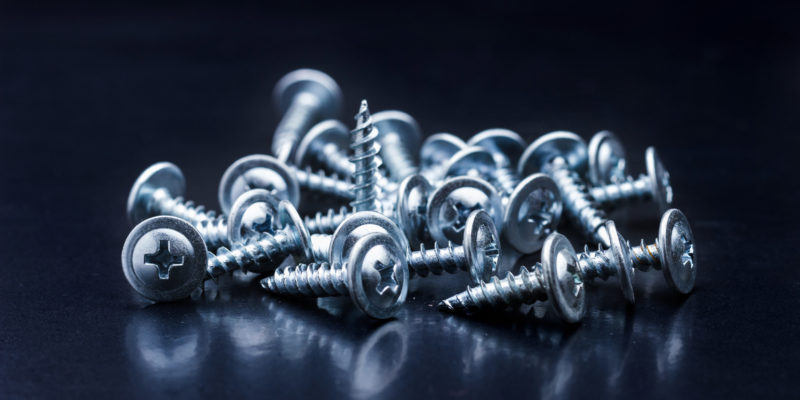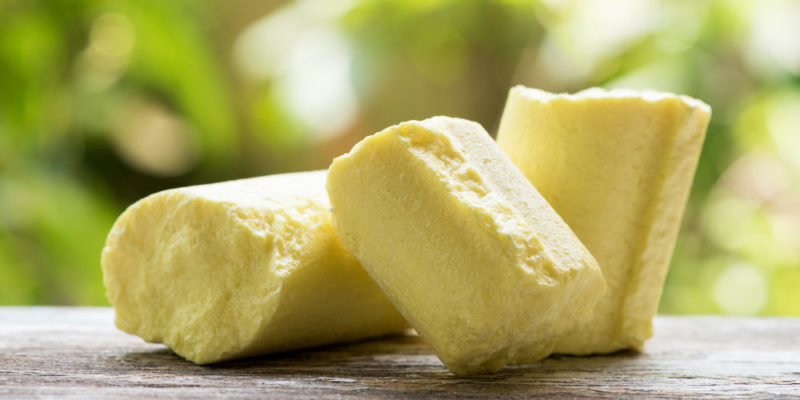We explain what metals and non-metals are and the properties they have. Also, what are its characteristics and examples.
What are metals and non-metals?
From chemistry, two groups of elements are distinguished according to their characteristics and properties: metals and non-metals.
Most of the elements in the periodic table are metals that are present in the earth's crust. The rest of the elements, the minority, are non-metallic and most of the elements in this group constitute the basis for the formation of organic compounds essential for life .
These two groups (totaling 118 elements) are represented, organized and classified in the periodic table . The elements of each group are arranged according to their chemical properties, their number of protons (atomic number Z), and their electronic configuration. They are also designated with symbols, for example, Fe to symbolize iron (a metal) or He to symbolize helium (a non-metal).
Characteristics of metals

Metals are pure chemical elements that are characterized by being solid at room temperature (except for mercury, which is a liquid metal).
However, alloys that have a metallic character are also considered metals. The manufacture of alloys involves a process in which two or more metals are mixed in their natural state.
There are also alloys produced by mixing a metal and a non-metal, such as steel , which is a mixture of iron (metal) and carbon (non-metal) in certain proportions.
Some physical properties of metals are as follows :
- They are malleable . They can be deformed into sheets without breaking, through blows or compression. For example: gold .
- They are ductile . They can be manipulated and shaped into threads or wires (especially metal alloys). For example: bronze.
- They are conductors . They transmit electricity and heat. For example: silver is the best conductor of electricity and plutonium is the worst conductor of electricity.
- They are tough . Due to their high density, they can withstand bending, torsion, compression and traction forces without breaking, except for some brittle metals such as bismuth (Bi) and manganese (Mn).
- They are shiny . Because of its ability to shine and reflect light , it is called “metallic shine”.
- Almost all have between 1 and 3 electrons in the outer shell of each atom that make them up.
- They lose electrons the easy way.
- They are corrosive (that is, they wear out or rust) in contact with water .
- They have low electronegativity.
- They are alkaline , alkaline earth, transitional, lanthanide, actinide, or transactinide.
Some examples of metals are :
- Alkali . Like cesium (Cs), francium (Fr), lithium (Li), sodium (Na) and potassium (K).
- Alkaline earths . Like barium (Ba), calcium (Ca), strontium (Sr), magnesium (Mg) and radium (Ra).
- Transitional . Like copper (Cu), cadmium (Cd), mercury (Hg), nickel (Ni) and silver (Ag).
- Lanthanides . Such as cerium (Ce), lanthanum (La), gadolinium (Gd), terbium (Tb) and promethium (Pm).
- Actinides . Like americium (Am), lawrence (Lr), nobelium (No), uranium (U) and plutonium (Pu).
- Transactinides . Such as bohrio (Bh), hassio (Hs), moscovio (Mc), oganesón (Og) and rutherfordium (Rf).
Characteristics of non-metals

Nonmetals are characterized by having varied appearances between gaseous , liquid and solid . For example: gaseous like helium (He), soft like sulfur (S) and hard like diamond (C).
Some physical properties of nonmetals are as follows :
- They are not corrosive.
- They are poor conductors of electricity and heat.
- They are brittle, brittle, soft or hard.
- They are not malleable.
- They do not reflect light.
- They have lower melting points than metals.
- They have between 4 and 8 electrons in their outer shell.
- They have a high electronegativity.
- They are good oxidizing agents (they form acid oxides).
- They form anions (that is, negatively charged ions).
- Several nonmetals are diatomic (made up of two atoms ).
Some examples of non-metals are :
- Sulfur (S)
- Carbon (C)
- Chlorine (Cl)
- Phosphorus (P)
- Helium (He)
- Nitrogen (N)
- Oxygen (O)
- Iodine (I)
Cultural journalist with great interest in education and technological innovation in the classroom. The future passes through technology and it is already here. .
Leave a reply
Your email address will not be published. Required fields are marked *Recent post

Sport: What Is It, Types, Risks, Features, Characteristics and Examples

Dogs: Emergence, Features, Characteristics, Feeding and Breeds

Story: Definition, Elements, Structure, Features and Characteristics

